FREE Standard Shipping On All Orders $100 or More!*
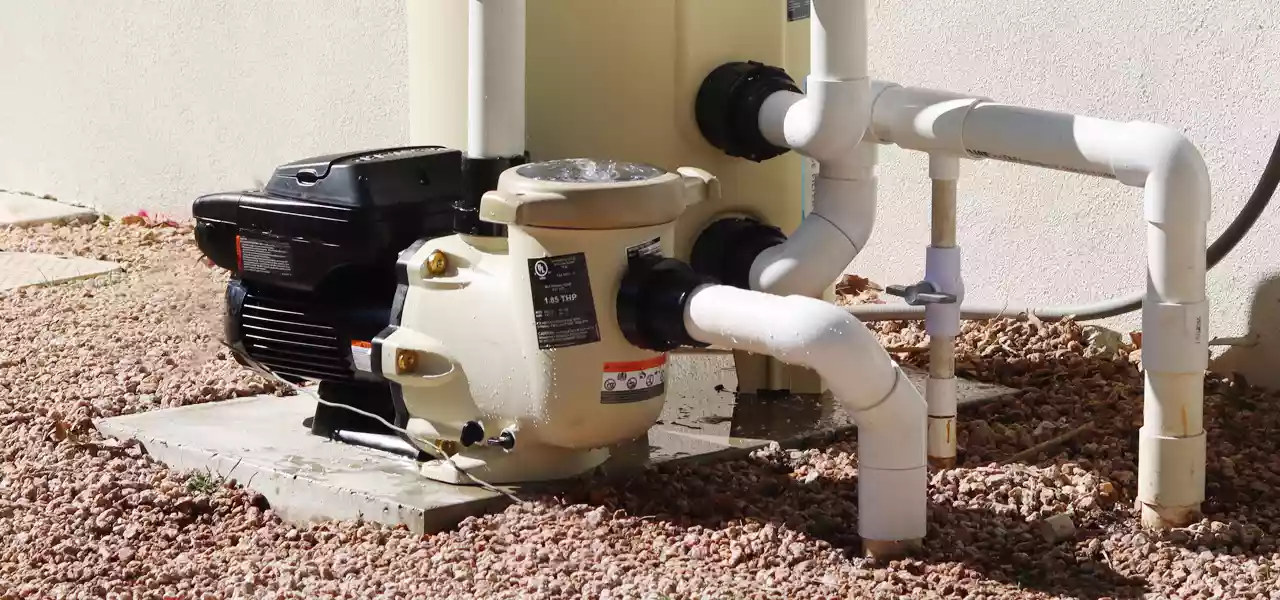
How Long Does a Pool Pump Last?
A commonly asked question among pool owners is, "How long does a pool pump last?" As the driving force behind your pool's water circulation, filtration, and healthy, pumps are a vital piece of equipment. While most well-made pumps can last 8–10 years, they can still break down over time, and require repairs or a complete replacement. Today, we dive into the average lifespans of the mechanisms that make up a pool pump.
Pump Housing
Lifespan: 8–10 years
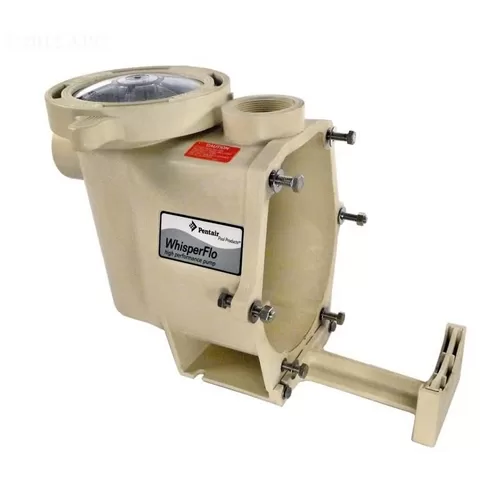
The pump housing is the hard, outer shell that encases and protects the internal parts of your pump. Typically made of plastic composite, pump housings are rust-resistant and designed to withstand the wear and tear caused by exposure to the elements. Older pumps, made of bronze or brass, were significantly heavier and much harder to repair.
Since the pump housing is simply there for protection and doesn't experience as much strain as the motor or impeller, it rarely needs to be replaced. The most common housing issue is cracking from extreme temperatures or plumbing leaks. Thankfully, replacing the pump housing is relatively easy and affordable, generally costing around $250–$300.
Pump Lid
Lifespan: 3–5 years
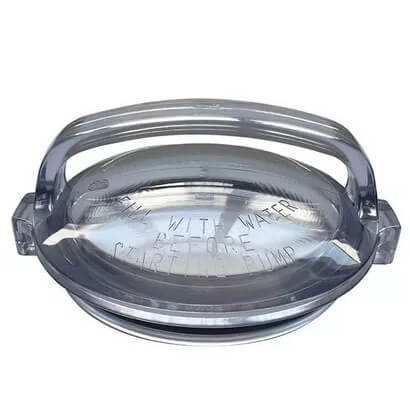
Located on top of the strainer basket, the pump lid is the main access and inspection point of your pool pump. Made of clear plastic or glass, the see-through lid makes it easy to inspect the pump’s water flow and check for air bubbles. Pump lids either screw into place or secure onto the housing by side clamps. And an O-ring sits underneath the lid to ensure an airtight lock over the strainer basket.
Just like the pump housing, lids are prone to cracking when exposed to extreme temperatures or plumbing damage. Replace the lid if you see any cracks or chipped pieces. A loose or damaged lid will allow air to leak into the pump, which can cause the pump to lose its prime. Additionally, when the lid is removed to clean out the strained basket, inspect the O-ring that’s nestled under the edge of the lid. If worn or damaged, replace it and coat the new O-ring with a layer of pool lubricant.
Strainer Basket
Lifespan: 3–5 Years
Underneath the pump lid lies the strainer basket. This important pump component traps large pieces of debris before they enter the drivetrain part of your pump. Small pebbles, twigs, and leaves can clog the drivetrain and cause serious damage to the pump impeller. Check the strainer basket for damage whenever you take it out for cleaning, and replace if necessary.
O-Rings and Gaskets
Lifespan: 1–3 years
These small but mighty pump parts play an important role in keeping your pump up and running. O-rings and gaskets prevent air and water leaks in your pump, and reinforce the seals around the lid, diffuser, seal plate, and shaft seal. Overtime, O-rings and gaskets dry out and crack, leading to air and water leaks in your pump. Using a pool lubricant is the easiest way to prolong the life and effectiveness of O-rings and gaskets. At least once a year, inspect all the O-rings and gaskets in your pump, and apply a thin layer of lubricant around the rings. Replace any old, cracked, or warped O-rings and gaskets as soon as possible to avoid leaks.
Seal Plate
Lifespan: 5–7 years
The seal plate, which sits between the impeller and the pump motor, is a mounting flange that connects the motor to the pump housing. It also contains the shaft seal, which protects the motor and motor shaft from water leaks. The seal plate is typically made of the same sturdy, lightweight plastic composite as the pump housing. But while the seal plate is built to last, it can develop a few problems over time. Shaft seal leaking is the most common issue, and is often caused by excessive heat, unbalanced water chemistry, or salt corrosion. Replacing the seal plate involves turning the pump off, removing the damaged plate, and replacing it with a new one.
Diffuser
Lifespan: 3–5 Years
Situated in front of the impeller, the diffuser covers the impeller to increase suction and draw the water into the impeller eye. Stationary vanes at the back of the diffuser seal the impeller to the pump housing and direct the water as it exits the impeller. A malfunctioning diffuser is typically caused by a missing or damaged O-ring, which is easily remedied. Simply open up your pump, apply a layer of pool lubricant to the diffuser, and replace the O-ring.
Impeller
Lifespan: 5–7 Years
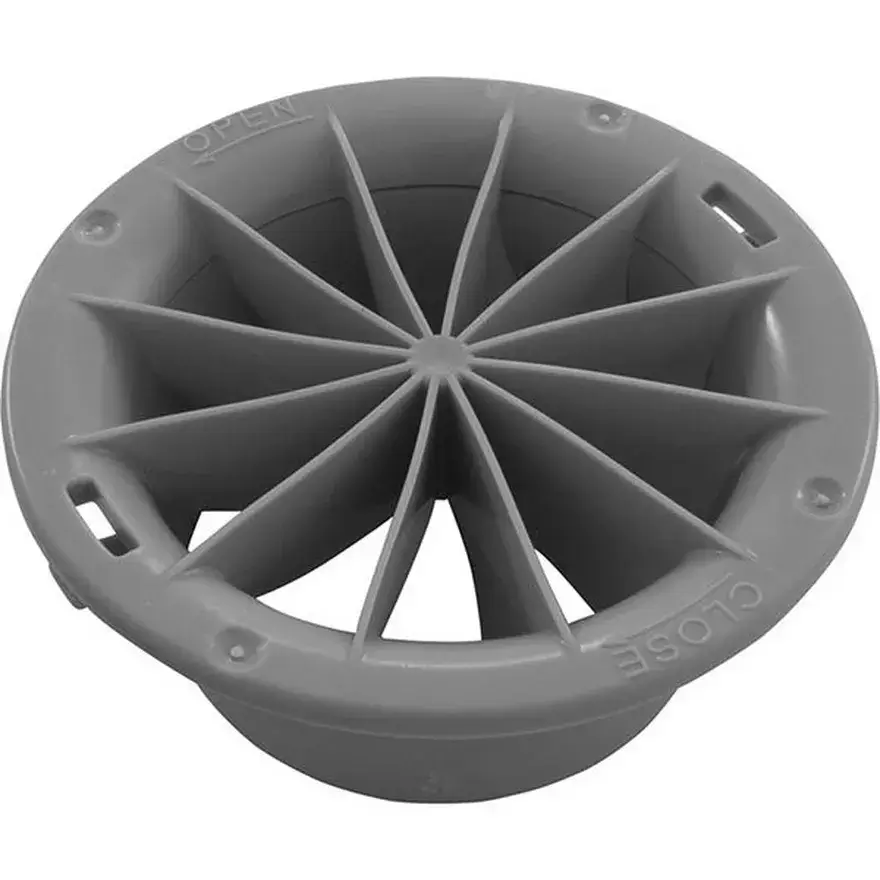
No pump, no pool, and no impeller, no pump! The impeller is the literal force behind the flow of water in your pump. As the impeller spins, it creates a vortex that pulls water through the pump, then pushes it into the filter, and finally sends it back out into your pool. The lifespan of a pump impeller depends on how often you run your pump, cleanliness of your pool water, and maintenance quality. Debris-filled water is generally the cause of impeller failure, as small particles like pebbles, twigs, and leaves can clog and damage the impeller.
Motor
Lifespan: 8 years
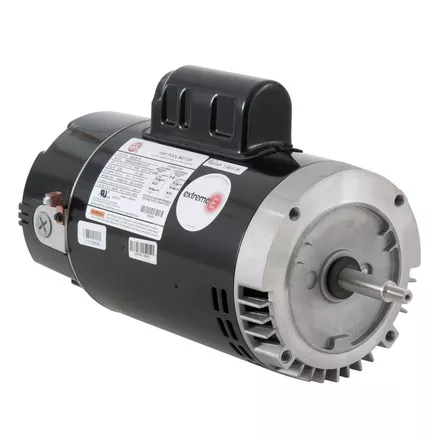
The pump's motor is arguably the most important part of the entire pump. Without a strong motor, the pump will struggle to do its job, and the health of your pool will suffer. It's important to understand how pump motors work to avoid major problems and repairs. There are two types of pool motors: single speed and dual speed. Single speed motors power single speed pumps, while dual speed motors power the popular variable speed pumps.
Pump motor troubles are typically rare, but if they occur, it's important to identify and fix them quickly. Typical motor problems include overheating, loose bearings, or cavitation if the pump loses prime. You can resolve most motor issues with a few tools and know-how, but if the problem is severe enough, you may need to replace the motor entirely.
When to Repair, and When to Replace

When your pool pump is on the fritz, the first step is to try and troubleshoot the problem. As mentioned above, many common pump problems can be resolved easily. Check out our article, Pool Pump Troubleshooting Guide, for information on how to identify and repair pump issues.
However, there will come a time when you've reached the limit for how many repairs you can do on your pool pump, and you'll need to get a new unit. When that time comes, selecting the right replacement pump is easy with In The Swim! Browse our online selection of top-rated single speed and variable speed pumps, and get your new pump delivered fast with same-day shipping.